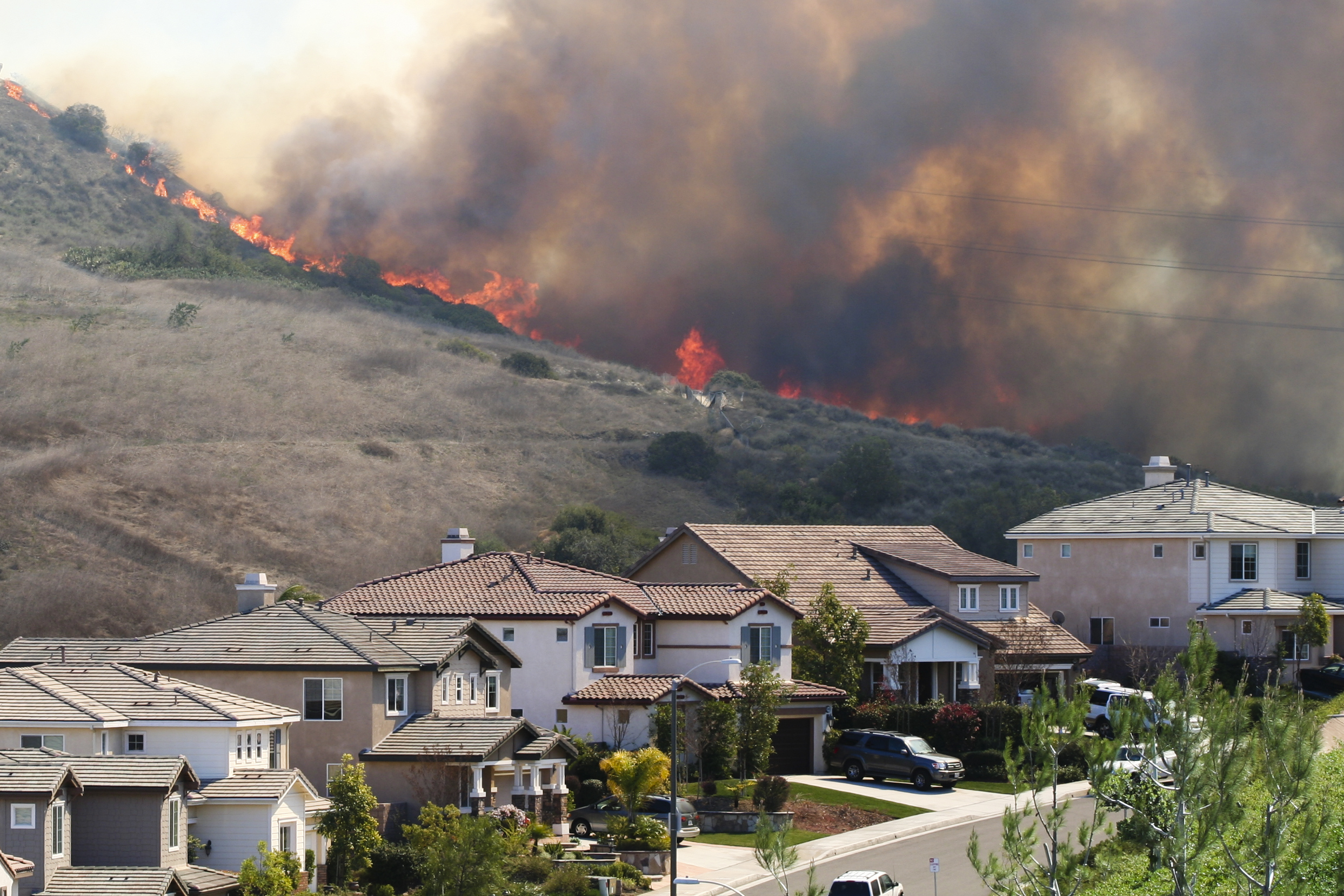How Do I Know If My Land is Bushfire-Prone?
Some parts of Australia are prone to risks like bushfires. Discover how you can identify bushfire-prone areas and protect your property.
Ensuring people’s safety is paramount to any property. That’s why understanding the risks associated with the location of your existing property or potential property development is crucial.
And in Australia, one particular risk you need to account for is whether or not your property is in a bushfire-prone land.
This is important to know primarily due to safety concerns—lives are at stake when there are bushfires. Aside from that, local councils require additional planning and building requirements in bushfire-prone zones. And you need to fulfil those requirements before you can start your project.
So, if you’re planning to build a new structure or renovate an existing property, you first need to figure out if your land (or the one you’re planning to buy) is in a bushfire zone.
And in this article, we’ll talk about how you can find out if your land is bushfire prone.
How to Identify Bushfire Zone Areas in Australia
These are four steps you can follow to identify whether or not your land is in a bushfire zone:
Step 1: Consult official bushfire-prone area maps
Start by checking the official bushfire-prone area maps specific to your region. These maps will provide you with valuable information on the areas prone to bushfires. Some of the maps available include:
- Queensland postcode checker
- New South Wales bushfire-prone land mapping tool
- Victoria Bushfire Prone Area Map
- Map of Bushfire Prone Areas in Western Australia
Step 2: Engage professionals for bushfire assessments and reports
To gain a comprehensive understanding of the bushfire risk on your land, consider hiring expert help. Look for professionals who specialise in bushfire assessments and reports. They have the knowledge and expertise to evaluate the potential hazards on your land. And they can provide you with valuable insights and recommendations so you can mitigate the risks.
Western Australia, for example, has accredited bushfire attack level (BAL) assessors. They also have bushfire planning and design (BPAD) practitioners who can assist you.
Step 3: Contact your local council or relevant authorities for information
You can also reach out to your local council or relevant authorities who are responsible for managing bushfire-related matters. They can provide information specific to your area, such as if your property is in a bushfire-prone zone. And they can guide you on the steps to take for bushfire prevention and preparedness.
They may also have additional resources or guidelines available to help you lessen or even eliminate the effects of bushfires on your property.
Step 4: Use tools like Archistar to instantly see if your site is in a bushfire-prone area
Finally, you can leverage technology to simplify the process of identifying bushfire-prone areas. Tools like Archistar have features that allow you to instantly determine if your site is in a bushfire-prone zone.
Archistar has built-in bushfire layers that provide you with accurate and reliable data. This way, you can assess the risk level of your property and make informed decisions about it.
By following these steps, you can determine whether or not your property is in a bushfire-prone zone and take necessary precautions. Ultimately, you can massively decrease the potential effects of bushfires on your property.
Additional Requirements to Secure Before Building on Bushfire Zones
Let’s say you plan to build or renovate in a bushfire-prone land. Before you can do that, there are some documents you’ll need to secure first:
Requirement #1. Detailed plan showing compliance with BCA and other Australian standards
When building in bushfire-prone zones, it is crucial for you to develop a comprehensive plan. It needs to outline the measures you’ll take to enhance the structure’s resistance to bushfires. These include using appropriate materials, employing fire-resistant construction techniques, and ensuring adequate access and water supply in case of fire.
The goal here is to show your compliance with the Building Code of Australia (BCA) and other relevant Australian standards.
Requirement #2. List of building materials approved by local council guidelines
There are specific building materials approved by the local council for bushfire-prone areas. They’ll ensure your structure has a higher chance of withstanding a fire event.
So, make sure you obtain a copy of that list. This way, you’ll only use materials that are pre-approved by the council, eliminating issues down the line.
The council’s guidelines typically specify the use of materials that possess fire-resistant properties. So, any structure built using those materials can withstand the intense heat and ember attacks commonly associated with bushfires.
Requirement #3. Property feasibility report
Before starting any construction project in a bushfire-prone zone, it is advisable to obtain a property feasibility report.
This report assesses the specific risks associated with your site. It also considers factors such as the proximity of vegetation, slope, access to water sources, and prevailing wind directions.
What’s more, it also provides recommendations on design modifications or additional measures you can take. Following them will let you enhance the safety and resilience of your property against bushfires.
Make the Process Easier With Archistar
Navigating the complexities of building in bushfire-prone areas can be overwhelming. But with the right tools and resources, the process becomes much more manageable.
Archistar, with its built-in bushfire layers and comprehensive features, is one such tool that will come in handy. And its advanced technology even allows you to instantly determine if a site is located in a bushfire-prone area.
By using the Archistar platform, you can quickly identify suitable development sites. You also can get crucial data on potential risks and hurdles, like BAL (Bushfire Attack Level). All that will allow you to save time and effort.
Try out Archistar for free today to know how you can leverage it to ensure compliance with bushfire-related regulations and guidelines.



Recent Comments